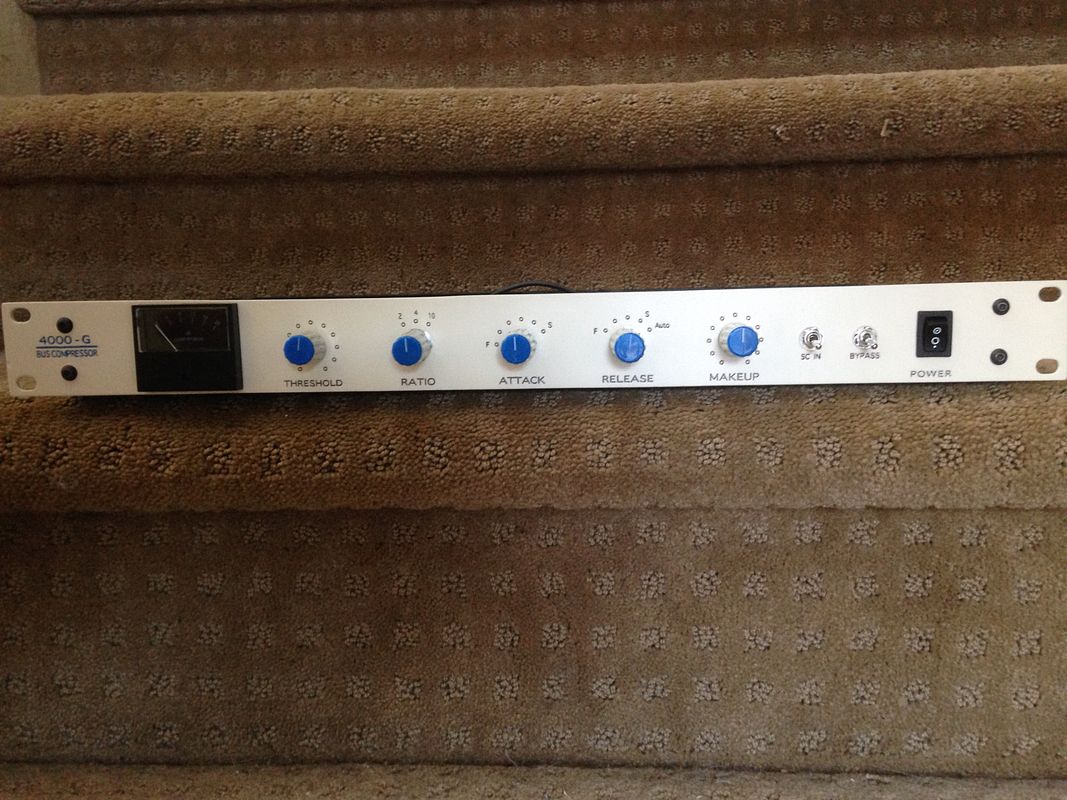Vincent J.
New member
- Joined
- Jul 17, 2014
- Messages
- 2
Hey guys, I've been lurking here from time to time and just finished my first DIY project; the GSSL.
Luckily I didn't need much of the advice in this thread, because everything seems to be working very well!
Everything, but one thing; the make-up gain doesn't influence the output signal...
I can't seem to figure it out by the schematics, but I was hoping you guys could point me to where to look for errors.
I've attached a pdf of the pushbutton wiring which I used.
There's two relevant things which may or may not have influenced this problem:
The second pad from top left (which lights the LED) got lifted.
To fix this I soldered it to the pad to its right, because it seems to be on the same trace.
Could someone confirm that this is no problem? Cutting that connection between the two pads didn't solve the problem btw.
There's two unconnected pads in the pdf. In Jakob's guide those were connected to the bypass switch.
Should I leave them like this, put a bridge in there..?
Thanks in advance for the help
Luckily I didn't need much of the advice in this thread, because everything seems to be working very well!
Everything, but one thing; the make-up gain doesn't influence the output signal...
I can't seem to figure it out by the schematics, but I was hoping you guys could point me to where to look for errors.
I've attached a pdf of the pushbutton wiring which I used.
There's two relevant things which may or may not have influenced this problem:
The second pad from top left (which lights the LED) got lifted.
To fix this I soldered it to the pad to its right, because it seems to be on the same trace.
Could someone confirm that this is no problem? Cutting that connection between the two pads didn't solve the problem btw.
There's two unconnected pads in the pdf. In Jakob's guide those were connected to the bypass switch.
Should I leave them like this, put a bridge in there..?
Thanks in advance for the help





